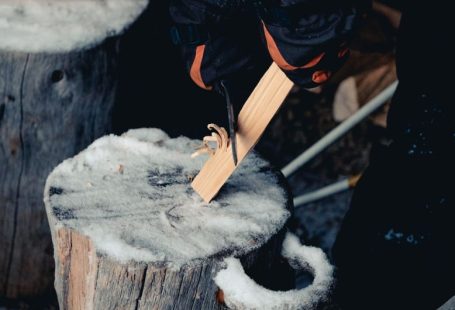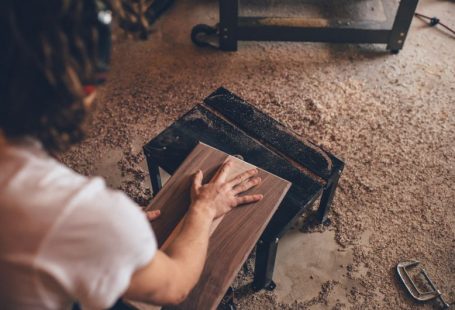Wood carving is a timeless art form that requires precision, patience, and skill. One of the challenges that wood carvers often face is undercutting. This technique involves carving out areas beneath the surface of the wood to create depth and dimension in the final piece. While undercutting can add a unique touch to a wood carving, it also comes with its own set of challenges that can be tricky to navigate. In this article, we will explore some effective strategies for tackling the challenges of undercutting in wood carving.
Understanding the Basics of Undercutting
Before diving into the challenges of undercutting, it’s essential to have a solid grasp of the basics. Undercutting involves removing wood from underneath the surface to create shadows and highlights in the carving. This technique is commonly used to add depth and realism to figures, animals, and other intricate designs. By carefully carving away layers of wood, the artist can create a sense of three-dimensionality that brings the piece to life.
Choosing the Right Tools
One of the key challenges of undercutting in wood carving is selecting the right tools for the job. Since undercutting requires carving beneath the surface of the wood, it is crucial to use tools that are sharp, precise, and well-suited for intricate work. Some common tools used for undercutting include gouges, chisels, and V-tools. It is important to experiment with different tools and find the ones that work best for your carving style and technique.
Mastering Control and Precision
Another challenge that wood carvers face when undercutting is maintaining control and precision throughout the process. Since undercutting involves removing wood from delicate areas, it is essential to have a steady hand and a keen eye for detail. Practicing good carving techniques, such as using a light touch and carving against the grain, can help improve control and precision when undercutting. Additionally, taking breaks to rest your hand and eyes can prevent fatigue and ensure that you maintain focus and accuracy while carving.
Avoiding Tearout and Splintering
Tearout and splintering are common challenges that wood carvers encounter when undercutting. Tearout occurs when the wood fibers tear away from the surface, leaving a rough and uneven finish. Splintering, on the other hand, happens when the wood splits or breaks along the grain, ruining the integrity of the carving. To avoid tearout and splintering while undercutting, it is crucial to carve with the grain, use sharp tools, and make shallow cuts to gradually remove wood. Taking your time and working slowly and methodically can help prevent tearout and splintering and ensure a clean and polished finish.
Experimenting with Lighting and Shadow
One of the most rewarding aspects of undercutting in wood carving is the opportunity to play with lighting and shadow to create depth and drama in your work. By carefully carving away layers of wood to varying depths, you can manipulate how light interacts with the carving, creating highlights, shadows, and textures that bring the piece to life. Experimenting with different carving techniques, such as cross-hatching and stippling, can help enhance the effects of lighting and shadow in your undercutting work.
Fine-Tuning Your Skills
Like any art form, mastering undercutting in wood carving takes time, practice, and dedication. To tackle the challenges of undercutting effectively, it is essential to continuously hone your skills, experiment with new techniques, and seek feedback from other wood carvers. By staying patient, persistent, and open to learning, you can overcome the challenges of undercutting and create stunning wood carvings that showcase your talent and creativity.
Embracing the Art of Undercutting
In conclusion, undercutting is a challenging yet rewarding technique in wood carving that allows artists to add depth, dimension, and visual interest to their work. By understanding the basics of undercutting, choosing the right tools, mastering control and precision, avoiding tearout and splintering, experimenting with lighting and shadow, and fine-tuning your skills, you can tackle the challenges of undercutting and elevate your wood carving to new heights. Embrace the art of undercutting, push your creative boundaries, and watch as your wood carvings come to life with depth and detail.





